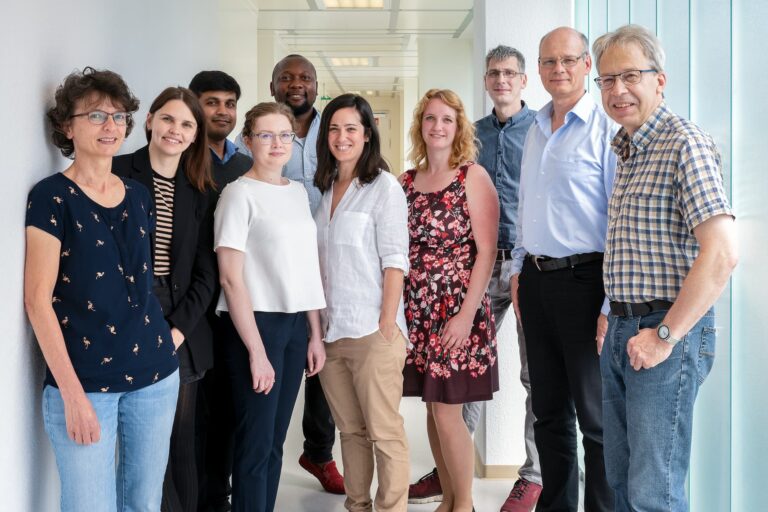Vaccine Technology
VEROVACCiNES novel vaccines are based on recombinant strains of the yeast Kluyveromyces lactis, which stably express one or more antigens.
This novel class of vaccines has significant advantages over conventional animal vaccines.
HOW DOES THE TECHNOLOGY WORK?
VEROVACCiNES novel vaccines are based on recombinant strains of the yeast Kluyveromyces lactis, which stably express one or more antigens.
VEROVACCiNES Podcast
Hear about the challenges to spin-off a start-up company and to find your place in the animal health field.
VEROVACCiNES Fermenter Installation
Installation of a new fermenter system, which enables us to:
- speed up optimization of manufacturing (upstream processing)
- generate quantitative and qualitative data for our K. lactis yeast system
- produce vaccine material under highly controlled conditions
USPs
-
Effective combination
Combination of vaccine antigens in the research phase and not during manufacturing offers significant savings regarding cost-of goods and immunization (combination vaccine). -
Cost-effective manufacturing
The production process consists of three steps which are highly scalable, leading to a significant cost advantage. -
Broad applicability
Validated vaccines against non-enveloped and enveloped viruses. Full protection against infection in several vaccine programs in cattle, swine and chickens. -
Thermo-stability
The thermostable vaccines can target significant markets, where no continuous temperature-controlled supply chain is available. -
Pathogen-free
At no stage during the process, from vaccine generation to manufacture, is the vaccine in contact with pathogens or substances of animal origin
High efficacy
The antigen(s) are expressed in eukaryotic cells allowing protein modifications, the native expression of membrane proteins and the formation of Virus-Like Particles (VLP’s). This expression system is tailored for the generation of highly immunogenic subunit vaccines.




